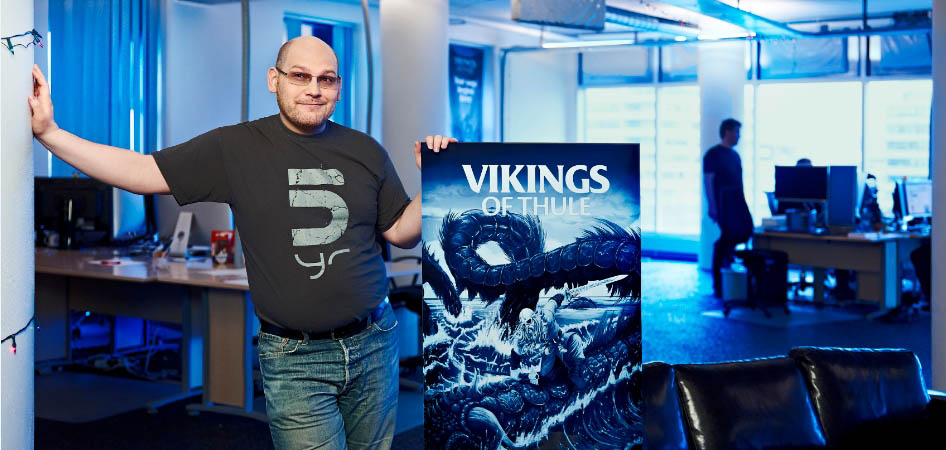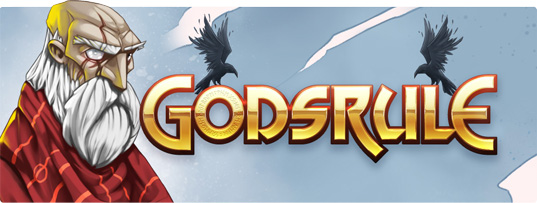The smartphone market has begun to evolve in interesting ways, given its rapidly increasing computing power and rise of business models like free-to-play. It’s also sucked in users who are traditional gamers whose life may have changed over the past decade and allows more for users to have similar if not identical experiences with some games across their smartphones, tablets and PCs. It leads to brand new opportunities for developers, and we spoke with Gogogic CEO Jonas Antonsson about his experiences and his company’s tack.
Do you think that with the increasing power of smartphones, we’re going to see more MMO games designed for mobile?
Yes, I’m absolutely sure of it. The reasons being that you could potentially argue that mobile devices and tablets are more suited to MMOs than PCs or laptops because the pads are something that you can access easily and from anywhere. It’s easy to get into a game from mobile devices, and it’s perfectly suited for users as they get even more connected and include even better hardware. These devices are perfect for playing with others, so they are naturally well suited for it and we’ll see more innovative interfaces with the touch screen in the near future.
 Jonas Antonsson
Jonas Antonsson
Consequently because of the rise of mobile, do you see cross platform on the rise?
Absolutely! Again, I think that is the main way forward. At the low end, you’ll see platforms being able to play with other platforms, where the same game is basically accessible from multiple points. I think many mobile developers have tried to expand to gameplay across multiple platforms and it’s sometimes difficult, but you’ll see more and more games that are truly cross platform. You can log in from one account and play the game from anywhere or different aspects within the same game world. We’ll see more of these game worlds that are accessible from multiple platforms, even consoles. I think that’s a natural evolution, it’s something that developers like CCP are doing with Dust 514 and we’re thinking of things that transcend platform — it shouldn’t be important where the players are playing or exactly what their devices are. And different platforms should even be able to render different experiences that tie together in a single virtual world.
Speaking of the Eve Online maker, do you have any veterans that worked at CCP Have you learned any lessons from the maker of Eve Online?
Not as much as you might think. There are a couple cases, but it’s very low. The skill sets for these companies are very different. Our front end and design along with the game design mechanics don’t have a lot in common with Eve Online. That said, we have a great relationship with them and there’s something in the water up here in Iceland . . . we have multiple companies that want their games to have multiple access points. We think in terms of worlds, rather than standalone games.
Talk to me about Godsrule and why you think mid-core is on the rise.
I think mid-core is an interesting term. For me personally — it stands for a core game that is more accessible than a downloadable PC game. It’s more accessible in terms of platforms that allow instant access and in terms of how quickly you can get in and out of the action so you’re not dependent on the long game session. So for me that’s what mid-core games are. They’re also not necessarily 3D environmental games; they’re often 2.5D. It’s not essentially this aspect of accessibility but I’d rather just call it core games for new devices with original gameplay that is better suited to shorter sessions. It works using fairly simple mechanics and gets you into and out of the action faster.

I think mid-core is on the rise because the core audience, people who would call themselves gamers, are seeing their lives change. As games have gotten to the stage of being mainstream, people that dabble in it for more than escapism, as that audience grows, so the core gamer community grows. If they were golfers, they would go after new and cooler clubs in time, as they advance from being beginners to hobbyists to dedicated enthusiasts. The same would hold true if these people were into fishing. They’d get the latest gear as they got more serious about it. So the core audience is getting bigger, but also older — which spells change in lifestyle.
You need to work and you have a wife/husband and kids. Then it becomes almost impossible to play the other types of core games because you need long play sessions; you often need a full evening just to install the game. By contrast, mid-core offers these gamers a good experience, great PvE/PvP combat and you still have an interesting back story. You have a society of other people who want to play these games, you have immediate accessibility. You can participate in short play sessions during the day and it’s a different level of engagement while still catering to the needs of the core audience.
It’s oft lamented in AAA development circles how much time it takes to “get into” many of their games . . .
I think Infinity Blade offers a core experience, but within 90 seconds you get in and are fighting something. We are now seeing this same pattern in certain MMOs, like Guild Wars 2. They’ve learned you need people to engage faster with the real action. I’m also fascinated with titles that succeed with short sessions and I think the only core genre that nails this is the FPS, because there you have a core experience that you can usually get into and out of quickly. It might explain why it’s such a popular genre, because it takes a short period of time to get into for gamers. So we are seeing games on the horizon like Hawken, a free-to-play mech FPS that is clearly a core game but at the same time the revenue, distribution and game model seems to be designed to be more accessible than for many previous PFS games. I think games are becoming more accessible in general and that’s a great thing.
Stay tuned for part 2 of the interview!

